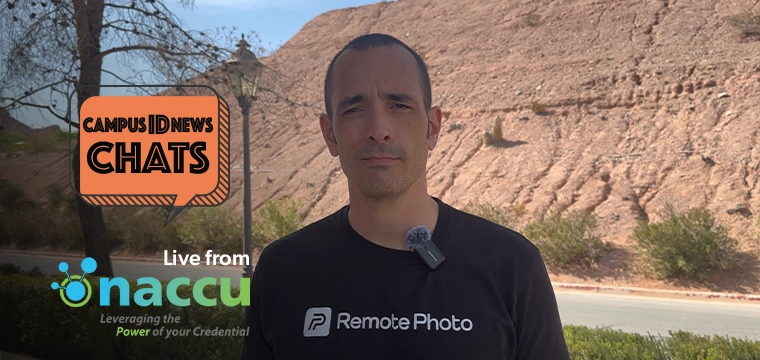
Northern Arizona upgrades campus card from prox
Handling the transition from one card technology to another is a case-by-case consideration, as each university has to make a decision based on how it wants to impact the student, St. Pierre explains.
Northern Arizona isn’t the first university to adopt contactless smart cards, and it won’t be the last. As other universities weigh up the pros and cons of this decision, it’s folks like Harting that will perhaps have the best advice.
“The first thing is always safety. The commitment to safety that we have at NAU made it possible to access the necessary resources to change over,” says Harting. “An honest and comprehensive evaluation of the current systems must be presented to the administration in a concise and easy to understand manner.”
From there, Harting stresses careful planning and coordination with other stakeholders as key to a successful transition. “Make sure everybody who could be affected by the change is communicated with and brought to the table,” he says.
Once all stakeholders are at the table, it’s time to do some homework. For NAU, ListServ email groups and organizations like HELUG, the Higher Education Lenel User Group, were invaluable resources.
Still he cautions to make your own decisions. “Giving too much credence to a technology because other institutions are using it is a good way to fall into the obsolete technology trap,” he stresses. “Vendors can be very helpful, too, but avoid relying on them as your sole source of information.”
As the name suggests, multi-technology readers can facilitate this transition, offering flexibility as the university navigates the issuance and re-carding process. These readers accept multiple card technologies – for example prox and contactless – to facilitate a transition over time.
“Installing multi-technology readers gives existing students the ability to keep their current card until they graduate, but lets the institution provision contactless cards for incoming freshman,” says St. Pierre. On the other hand, all cards can be reissued in mass. “A rebadge is a quicker transition, as everyone would receive the technology card in a short period of time,” explains St. Pierre. But it is often difficult to time such a transition in a campus environment.
NAU had installed multi-technology readers from HID – called multiCLASS – across much of its campus prior to the changeover. “We chose the multiCLASS reader, along with a multi-technology card – mag stripe, prox and SEOS (contactless) – to allow for as smooth of a transition as possible,” explains Harting. “The flexibility meant that we could turn off the portion of the new readers that accepted prox, leaving only the contactless portion on.”
Harting says that the university prioritized its facilities and performed a phased re-carding campaign accordingly. “Students living in residence halls were among the first re-carded, and as soon as we verified that all that needed access to a facility were re-carded, we switched those readers to only accept SEOS.”
The cards are just being used for physical access for now, Harting says. “In the future we will consider other functions such as attendance, event access and retail transactions,” he adds.
Simply put, re-carding an entire campus population is an expensive venture, but as St. Pierre explains, contactless smart cards have come down in price and are comparable to their proximity counterparts.
The overall cost of the credential was roughly 25% higher than what NAU had paid for prox, and the readers were comparably priced to readers we had in the field, says Harting. “One of the major cost considerations, aside from having to re-card our campus and trade out our readers, was the rest of our infrastructure – system controller boards, software, wiring and so on. That did not have to change at all,” he says.
While Harting admits that cost is always a consideration, there were other considerations that went into the decision at NAU. “The first was the degree of security provided compared to other credential technologies, and we also considered how we would best leverage our investment for long-term usability,” he explains.
Preparation and advanced planning will be key for universities contemplating a migration. “It is extremely important to start thinking about and deploying ways to migrate,” says St. Pierre. “When or if an incident happens, it’s much better for if there is already a working plan in place.”




